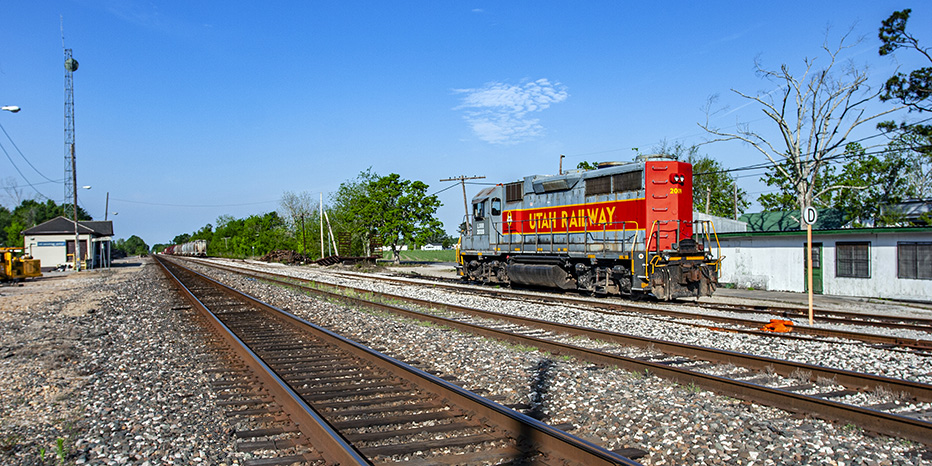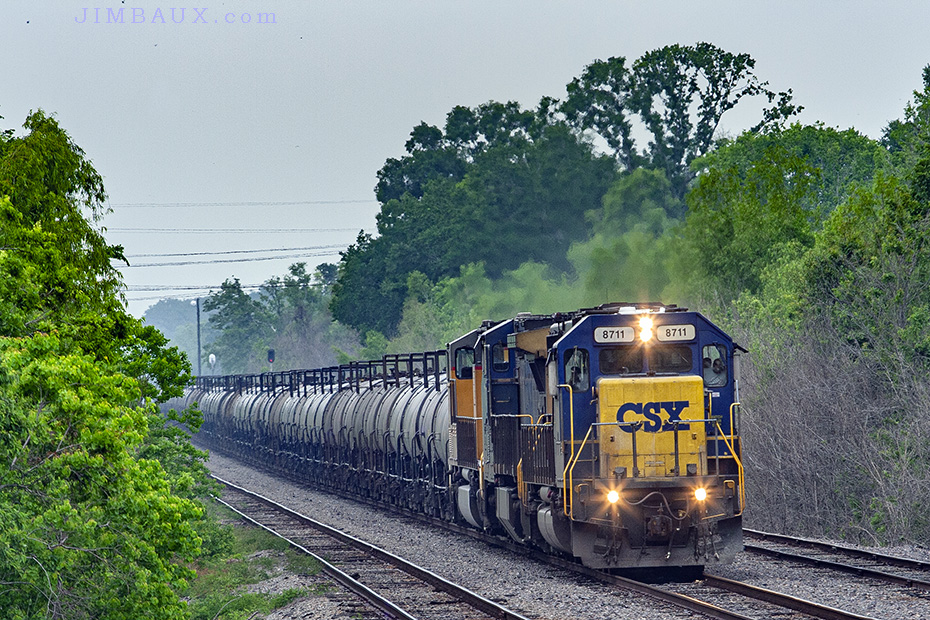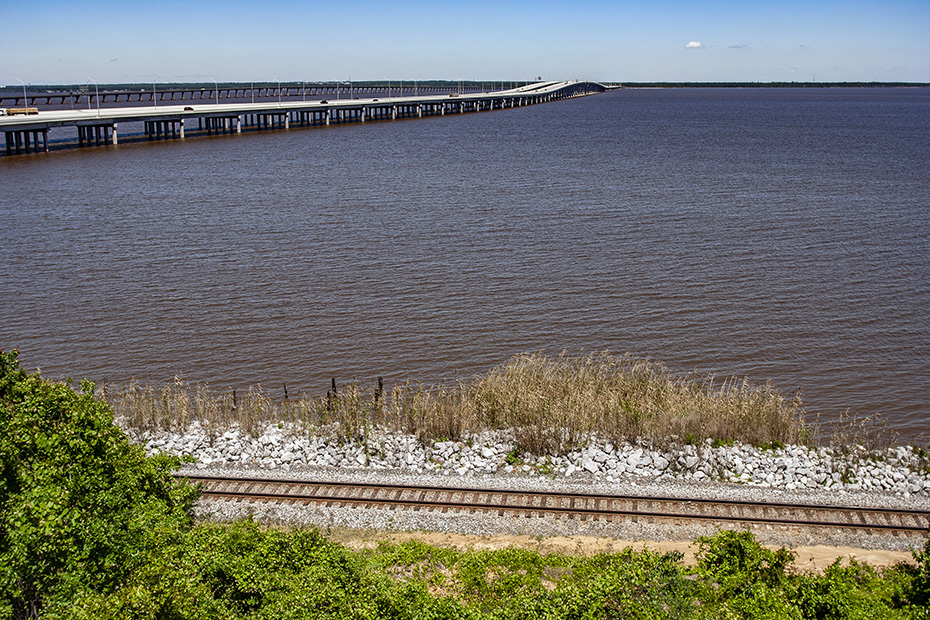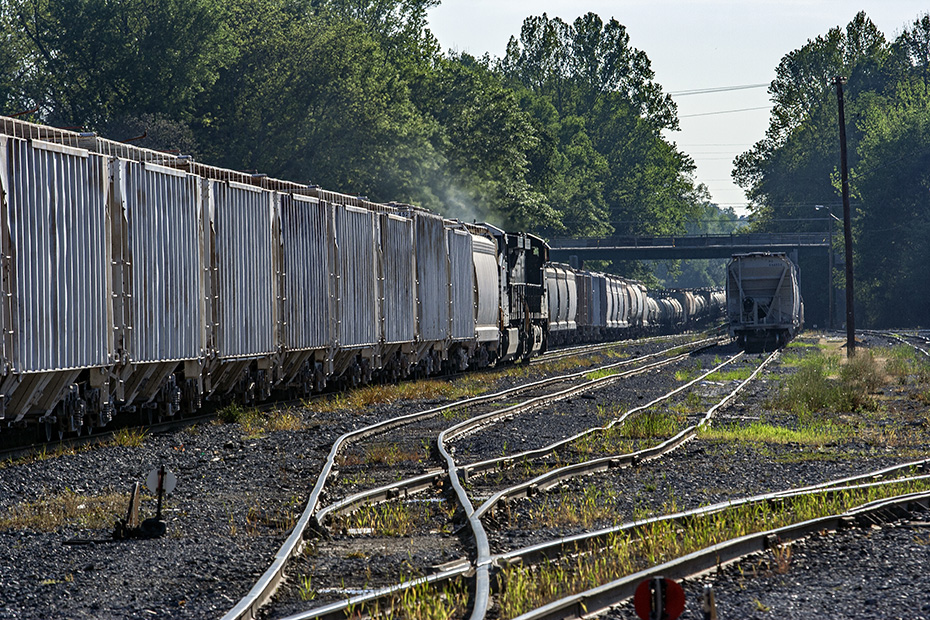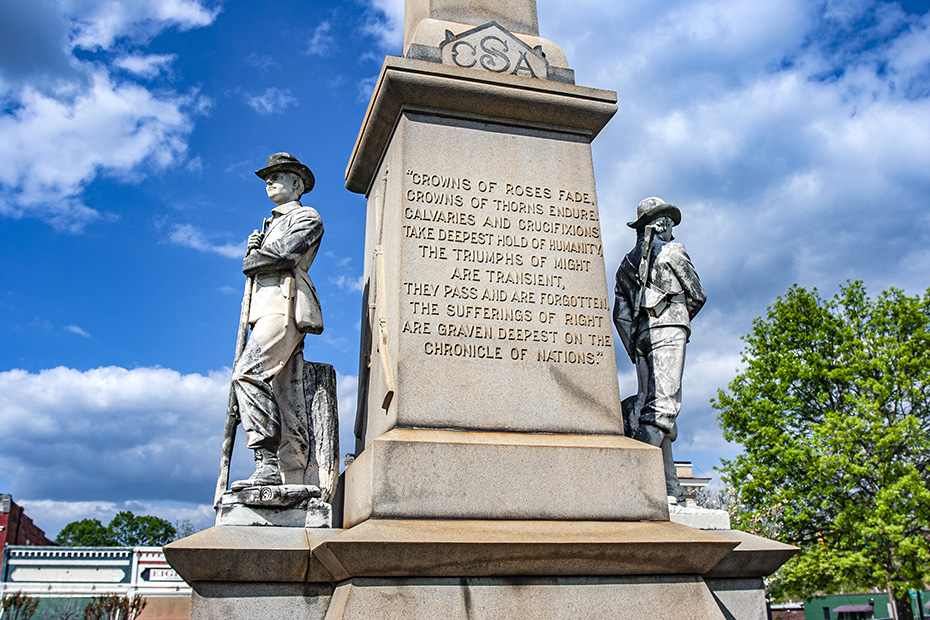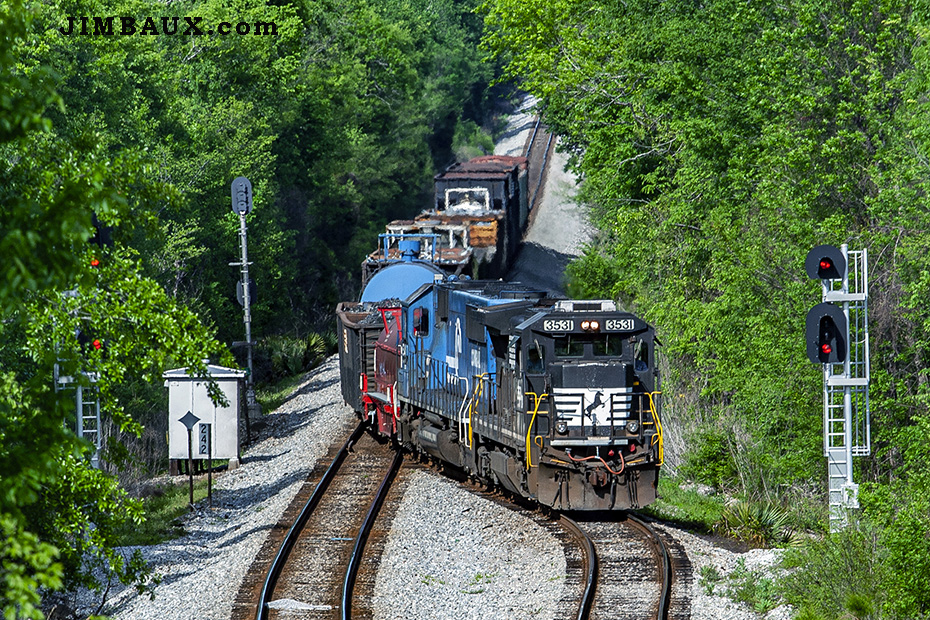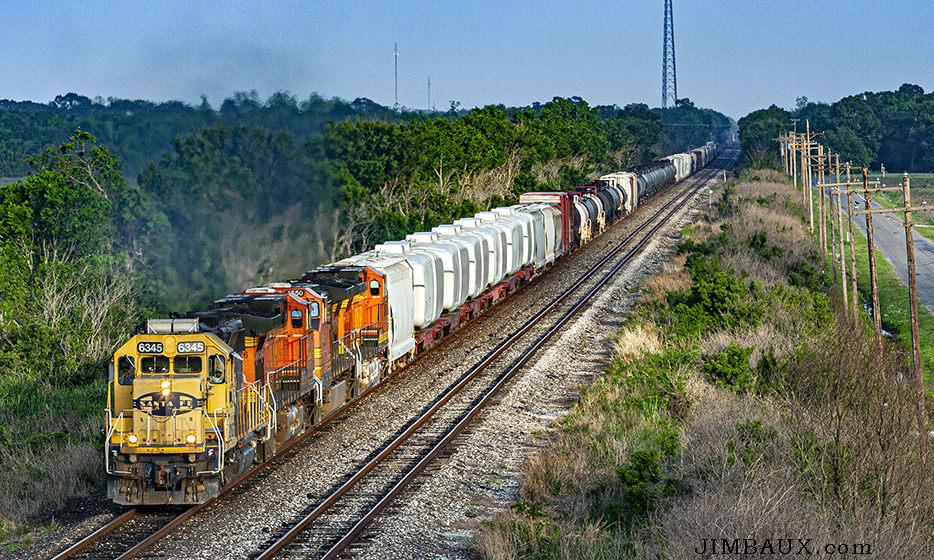Jimbaux feels decayed.
This essay will contain a slightly different flavor of material than that which you are accustomed to seeing in these monthly “sampler” essays, but, first, I need to say something about these essays, which is just a vociferous repeating of what I have already said about them.
Now Hear This – A Word About These “Sampler” Essays And The Bigger Picture
Learn About The Man Behind These Pictures And These Words
I am a photographer. I am an artist. I am a teacher.
This is who I am.
Who I am seems to be, as best as I can tell, a function of both nature and nurture.
So, this is not only who I am; it is who I have always been.
Nature
As someone who apparently is autistic, I am wired to see the world in certain ways that others don’t see it, wired to perceive things differently, wired to be able to see and demonstrate things that others cannot see, let alone demonstrate.
It also means that I have some “disabilities” in functioning in society, a difficult topic that I wish to not discuss now, but this is in large part due to how modern society forces landless people to be in relationships in order to eat; my subsistence farming great-grandfathers, one of whom I suspect was on the autism spectrum, didn’t have this problem, for they could just walk outside and work, and survive thus.
Nurture
I also grew up in a home that encouraged education not for material gain but for the sake of becoming a better person and a better citizen, education for the sake of enabling yourself to better yourself and better society.
I also grew up in a home with art.
I grew up inspired to not only do great things but also do them for the right reasons.
But I was “released” into a society that essentially prohibits people from doing just that, lest they lose their ability to eat.
Ability And Boiling Ambition, But No Stability Of Fuel For That Ambition
I am the son of two school teachers, the nephew of four school teachers, and the nephew-in-law of one teacher, teaching subjects ranging from carpentry and vocational education to typing to history to art to music to special education to athletics, and among them are carpenters, an impressionist painter, and several musicians, including some that have their own musical group, including one who taught me how to play guitar.
I have been writing some of my own melodies and songs, but I am terrified of publishing them due to being unable to afford, given my very unconventional nature, to lose my anonymity.
I grew up in a family that valued education for its own sake, learning for its own sake, creativity for its own sake, curiosity being a virtue unto itself, and being a better citizen in order to be a better citizen.
So, I explore, I learn, I create, I see, and I teach and share what I find and know. That’s how Jimbaux’s Journal started, and, especially given my ‘disabilities,’ what I do not for money is the best use of my talents, and what I now have to do for money, now that I have burned out on being a school-teacher myself and, furthermore, seeing the horror of the authoritarian nature of the system, is a waste of my talent and, given my sensitivity issues, also quite bad for my health.
This gets at the dilemma that has underpinned so much of my adulthood, and, indeed, since I come from a family of teachers, my entire life: the duality of how a good teacher has to have Enlightenment values and, as such, teach students to be suspicious of authority and to question it, but the nature of the way that the job of school-teacher is done is very authoritarian.
I had never really put it that simply until this year, but that is the dilemma, the duality, at the heart of why I suffered a precipitous burnout after several years of being a good school-teacher.
A significant factor in what made me a good school teacher is that I appealed to students’ intrinsic motivation; I fostered a love of learning, a love of the subject matter, to make them care to learn, to make them better citizens, and so that I didn’t have to rely on threats and punishment – i.e., extrinsic motivation, which includes external rewards, too.
However, all of that had to take place well within the rigid confines of a system that is very coercive and compulsory, with super-rigid schedules, the extrinsic nature of the system’s motivation undermining the intrinsic motivation that is necessary for true education and enlightenment to happen.
For years, I felt, mostly subconsciously, that contradiction, and it quietly tore at me, but I had never found the words like that for it until recently.
https://www.patreon.com/posts/thanksgiving-15573581
I am done with being a school teacher, and I want to do bigger things in this world.
Exploring, learning, creating, seeing, and then teaching and sharing are what I do best, far better than I do any of the things that one typically does in order to justify his existence in a world of land enclosure, and it is precisely the need to constantly justify my existence that is preventing me from doing the work that I do best, leaving me to put out these little snippets that we call the “sampler” essays.
The Next Generation Is Prevented From Building Upon the Successes Of The Previous Generations
To paraphrase a famous quote from American Founding Father John Adams, my great-grandfathers were subsistence farmers so that their sons could fight in World War II and come home and have good blue-collar “jobs” (being white helped.) My grandfathers fought in World War II and worked blue-collar jobs (that, at the time, paid enough to pay a mortgage and raise a family on one salary) so that their sons and daughters could become teachers, carpenters, accountants, and nurses, and that generation did those things so that I could . . . do this?
The problem here, of course, is that, although “this” is the best use of my talent, and although I have worked in an experienced many jobs and professions, the way that I serve this world best is not a way that would pay me money. Furthermore, being actually public about who I am – which I would love to do – comes with the huge risk of jeopardizing traditional sources of income, a source of paralyzing fear for me, and, if you think that these fears are unfounded, think again.
Yes, I know that I am not the only person suffering from this problem. Nobody should have to suffer from it, and, if I were allowed to do so, I would be much more public in my advocacy for such a society.
What You See Here Is Plenty Of Work, And There Is So Much More To Do
Back when I took the pictures that you see here today, I did plenty of exploring and photography, and, for many of the pictures that you will see here today, they are only one – a sample – of many good pictures that I took just on those particular days. Were I to publish all of those pictures, especially in my typical photo essay form, I would need to spend a colossal amount of time doing just that, since processing photographs is very time-consuming; it would, quite seriously, take the amount of time that a full-time job would take (and that does not include the time and other resources expended to create the original, unprocessed images years ago in the first place), and I want you to let that sink in, please.
So, that is the main reason that these “sampler” essays exist; although I would love to publish all of the publicationworthy images that I made on some date 10 years before, I simply lack the huge amount of time that would be required to do that. So, the result is these “sampler” essays, in which I pick one image from each date’s set to show, hoping that I might have time before I freakin’ die to eventually process and publish the rest of the images that will otherwise die with me.
Even if you exclude the time and effort to that it is taking for me to write these few paragraphs before the pictures that you are now reading just in this sampler essay, and if you exclude the time, effort, and other material costs that it took to make, in 2009, the pictures that you see in this sampler essay, just the creation of this essay alone in 2019 took me a large amount of time, most of it being the processing of these pictures.
I Feel Genuinely Trapped, Like A Walking Lie
That I am prevented from doing, via the powerlessness of wage enslavement, my work, the work that I am best suited to do, the work that is the best use of my talents, the way that I can best contribute to society, is a genuine cause for depression and a generalized feeling of hopelessness.
Were I freed from the daily obligation to prove my right to exist, an obligation that my subsistence farming great-grandfathers did not have, I would be able to focus on my work and my creativity. I’d actually be able to not only process and publish all my old pictures, but I’d also be able to create, process, and publish new ones. And I’d be able to do so much more, so much more creative work.
Alas, as it is now, and, I fear, almost permanently, my creativity is stunted.
If you like and appreciate the content that you see here, and if you would like to and have the means to enable me to reach my potential, you can become a patron of Jimbaux’s Journal; if so, please go to the Patreon page and consider making a pledge of as little as $1 per month.
As I wrote in the aforelinked “Creativity Stunted” article, however, there is a certain Catch-22 to me and Patreon. I can’t actually truly flourish and do my own work all day every day until I have a high enough Patreon income that I can survive off of just it alone, but I can’t get enough patronage unless I do that which I cannot do unless I have the patronage!
My Patreon Catch-22 – not unique to me – is that I would be able to convince far more people to become patrons here, perhaps even enough to survive off of the patronage, if I put out more and better work that I am indeed capable of creating, but I cannot create those greater quantities and qualities of work unless the patronage level is high enough that I can devote myself to this full time!
Help! What do I do? I could put out some wonderful stuff very frequently only if my patronage level was high enough that I could live off of it, but I can’t get my patronage level that high unless I put out all of that good stuff that I need that level of patronage to do!
https://www.patreon.com/posts/creativity-19166396
That is my dilemma, and it has been since before I had a Patreon account, because we live in a sick society in which I am allowed to do things that I am best at doing only if I first meet some externally imposed obligation to do things that I am not good at doing, don’t need to be done by me, and maybe don’t even need to be done at all.
Is it any wonder that I have trouble maintaining a will to live, since I am living a life that isn’t even mine?
Can You Please Just Shut Up And Get To The Pictures?
Yeah, sure, let’s look at a few April 2009 pictures, just a small sample of what I saw that month.
We start on the Saturday the 4th along Clearview Parkway at the eastern slope of the Huey P. Long Bridge.
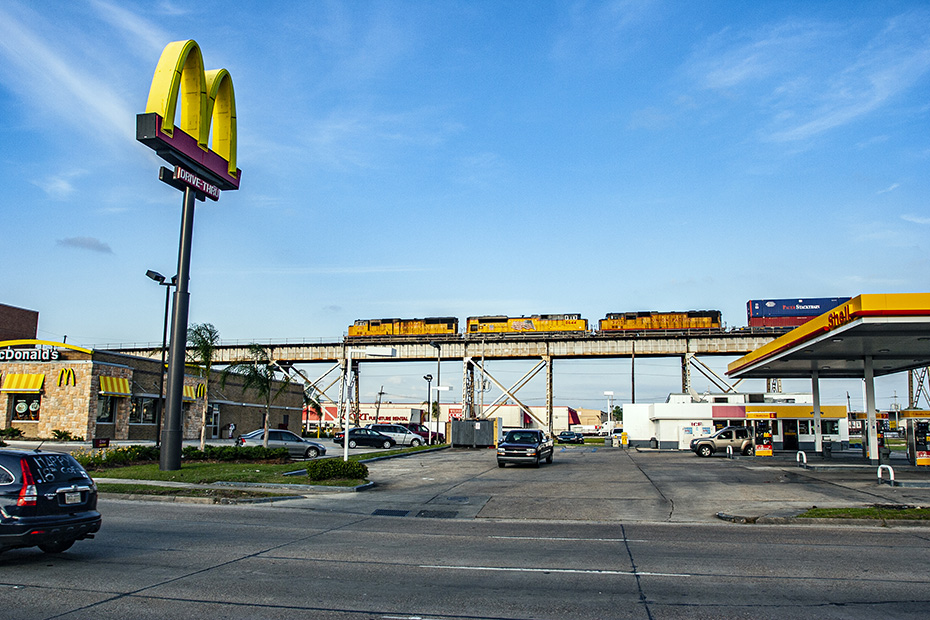
Want a Big Mac with your stack train?
One week later, on the 11th, Holy Saturday, I was back ‘home’ at Schriever, where and when I saw and photographed an unusual site in the Louisiana & Delta Railroad’s locomotive track there: LDRR 2009.
The 2009 – appropriate, considering the year – was still in its Utah Railway paint even though it had been on the L&D property for three years by that point, and, even as this piece is being published a decade after this picture was taken, it is still in that paint scheme!
What was odd about the 2009 being in Schriever is that the 2009 is one of two locomotives (the other being the 2000) on the roster that is of the most powerful locomotives on the roster, and, given that L&D’s biggest motive power needs are not in Schriever, those locomotives were rarely in Schriever.
Two days later, after a nice Easter Sunday, I was on my way back to Whoadiville when I caught up with an OTYXR at Willswood.
That may have been the first time that I photographed an OTYXR.
The next day, the 14th, I began my spring-break Georgia road trip, which had to be amended due to a last-minute cancelation of plans from a friend with whom I had had initially planned to stay, per his invitation, on that trip.
The initial plan was for me to leave New Orleans and travel via Meridian and Birmingham to get to Atlanta, near which I would stay with that friend that night and maybe some other nights, followed by making my way southeastward to Savannah to visit there and stay with some friends there, then make my way back to New Orleans via southern Georgia, western Florida, Mobile, and coastal Mississippi.
It was my Altanta-area friend who had to make the last-minute cancellation, and my Savannah friends were able to adjust their schedule to accommodate me earlier, but I had already scheduled to meet with Tucker in Hattiesburg on my way to Atlanta, and I had a trick up my sleeve for another free accommodation in the Atlanta area.
So, what this meant was that, on the first day of the trip, I made a slightly unconventional path from New Orleans to Savannah. After leaving New Orleans and reaching Slidell, I took I-59 instead of I-10, as if I was still going via Meridian and Birmingham and the Norfolk Southern Railway mainline. After photographing the northbound Crescent and a sadly-short NS train 393 – remember, this was the beginning of the Great Recession – at Talowah, I had a late breakfast with Tucker at the Ward’s in Purvis, the first time that I see him since our joint foaming of the CN Bogalusa job a few months before; it pains me to say this, but it was also, as I type this, the last time that I saw him.
Real life does that to you. The kind of real life – a pre-UBI 21st Century – described in the earlier paragraphs does that to you.
It absolutely, positively does not have to be this way.
It is a great injustice, and there is a simple remedy for this great injustice.
Anyway, Tucker and I discussed, among other things that I don’t remember, my Close Up trip from two months before, which would, sadly (I guess, buy maybe not), be the last Close Up trip that I made as a teacher. It may have also been my first time eating at a Ward’s, too.
I don’t recall if I went into Hattiesburg itself, but the photographic record has no images from there. I then proceeded, for the first and, as this is being written a decade later, only time in my life, on the highway from Hattiesburg to Mobile, where I rejoined the route to Savannah that I would have taken directly from New Orleans had I not wanted to meet with Tucker for breakfast. I figured that the opportunity to drive on a highway like the one from Hattiesburg to Mobile that I otherwise never have any reason to drive was an added bonus, as I felt even before I did it.
I took some pictures on the Purvis-Mobile leg of this journey at Beaumont and Lucedale, but you won’t see them here, for reasons that I mentioned before the pictures; the one picture that you will see here for the 14th is this view of the CSX Railway mainline, Interstate Highway 10, and Escambia Bay, as seen from the parking lot of a combination Dairy Queen and convenience store.
Do you see the railroad bridge behind the I-10 bridge? It’s of the same railroad that you see in the foreground.
After that, I took a few neat pictures in Georgia before darkness fell and I ate at a Zaxby’s for the first time in my life before arriving at the home of Bison Bill and his wife, but you won’t see any of those pictures here for the same resaons that I mentioned before. Heck, as I am typing this, it’s already the evening of Arpil 1, and I should have had this essay completed already. I just don’t have time, dammit.
The next day, the 15th, I did plenty of touring of Savannah, went to Hilton Head Island, South Carolina, my first time in the Palmetto State (which was more or less why I ventured there), and then toured the railroad museum in Savannah, before I chased a train all the way to Millen, Georgia.
That is Norfolk Southern Railway train 373 arriving at Millen from Savannah, I presume off of what was the old Savannah & Atlanta Railway, which, as best as I can ascertain, was not, despite the fact that it connects Savannah and Atlanta, not one of the railroads that Sherman destroyed when he and his 60,000 men came through here.
Some of Sherman’s troops did spend a night – the night of 2 December 1864 – near this spot when they came through here.
The next day, the 16th, I bid Bison Bill and his wife Diana goodbye, and I headed to Hapeville, near Atlanta, for the night, meaning that I was, thanks to the initial cancellation from my Atlanta-area friend, making the circuit in the opposite direction from that which I had initially intended and planned, and, on my way there, I stopped yet again in Millen, because I had been fascinated by the place the day before, especially because I saw a high-nosed SD40-2 working there and hoped to see and photograph it in action, which I did!
However, that is not the image that I will show for the day in this sampler essay; the image that I will show is from Monticello.
Yes, that is a monument to the Confederate States of America. We just have to honor a slaveholder’s rebellion, don’t you know?
White Supremacy is a powerful drug.
That night, I arrived in Hapeville for an amazing encounter. I visited with Tante Vivian, a nonagenarian sister of my grandfather; it was also the first time that I had ever met her, I didn’t know what to expect, I was curious, I had called her a few days before – while I was on the trip, I think – to arrange the visit, and it was a wonderful visit.
I had tried to avoid the cost of a hotel on this trip, since staying with friends would make the trip possible at all, but I had decided that, if I had to do so, I would spend that one night in a hotel (and drive back to New Orleans the next day.)
As Tante Vivian and I visited, she asked me about where I was staying that night, and I told her that I’d just find a hotel somewhere. Much to my delight, she said, with a look on her face that suggested that this should be obvious, that I just stay at her house, and I did! (I had secretly hoped that that would happen.) She even served me wine! It was weird drinking wine with my grandfather’s older sister, and I spoke so fondly of the visit once I returned home.
The next morning, the 17th, it was time to leave Georgia and return to New Orleans. Tante Vivian served both of us Cheerios with bananas, I took some pictures, including of the two of us, and then I left, stopping nearby at some local diner to get a real breakfast after doing some foaming in the area, where I got another local train with a high-nosed locomotive working on it. I said to the concerned-looking conductor that he shouldn’t worry, that I am not a trainmaster in disguise, and he wanted to know how I knew of the existence of trainmasters.
No, that’s not the image that I am going to show here in the sampler essay.
I don’t recall what happened between then and my entering Alabama, but it must not have been much other than driving on I-20. Sometime thereafter, I got off of I-20 and rode local highways along the NS mainline there, and it was here that I remember being overcome with a feeling of profound sadness, with a tinge of creeping hopelessness, as the hauntingly beautiful Seether song “Waste” played on my truck’s CD player.
I suppose that all that I had experienced on this trip had affected me, and I was thinking about how the glory of the previous summer on the Northern Great Plains had faded, and I was thinking about the upcoming summer.
I began to feel powerfully lonely and empty.
I began to really think about who I was.
I thought about humanity.
Approaching the Mississippi border, approaching the old Frisco line going down to Mobile and Pensacola, I scooped – I don’t know if I saw it first or heard its chatter over the radio – an NS local train, and there was a break in all of my ruminating and pensiveness in order to get some action at Boligee, as the train entered the siding.
I think that that may have been the last time that I saw a locomotive still in Conrail paint, and, man, I think that that was a cool paint scheme!
The train would soon set out that first block of cars, with those gondola cars of scrap steel, for the shortline or regional railroad that operates the old Frisco line.
In retrospect, I see that I have used travel and photography as ways of attempting to fill holes inside of myself, but, as I realized a year later, I was just doing a patch job.
I then chased one of those NS-to-KCS interchange trains into Meridian and photographed it there. Maybe in another decade, you’ll be able to see those pictures, but I doubt it, because, if I am still alive at that point, I’ll probably also still be enslaved, prevented from contributing society in the best ways that I am capable of doing, discarding my soul in order to keep my body alive.
It absolutely does not have to be this way.
So, that was a small sample of my spring-break 2009 Georgia-Alabama-Mississippi road trip.
Ten days later, on the 27th, I was on my way to Lake Charles to, per invitation, judge projects at a social studies fair, something that I find to be a bit sick and erosive of the point of education, when I got this shot of that day’s M-NWOLAL at the Bayou Sale siding, my last shot of the month (and, therefore, of this essay.)
I remember this shot well, not only because those neat windmill turbines behind that first car but also because of the Yellowbonnet SD40-2 leading the train, perhaps the last time I saw such a thing.
I miss when trains looked like that.
My department head at the time, who was a higher-up in the Louisiana social studies teacher’s organization, invited me to judge the social studies fair. Since I liked him, and since I realized that this was a big compliment, I agreed to go to it, but, especially once I was there, the whole thing made me feel terrible. A whole bunch of kids were encouraged to make “projects” and then bring them to a place to be “judged” among the other projects, an apparent competition.
Why?
Bringing It All Together
See, dear readers, that’s what I mean about using my talents to the fullest, about being a teacher away from the traditional classroom, and it goes way beyond taking pictures. Yes, I realize that that and other things that I have written here might sound pretentious, but I think that that is my role in this society, to point out how sick it has gotten and why it is sick, and there is science to back this up.
We have degraded intrinsic motivation so much in society, but it can be brought back. Children can and should be encouraged to learn and create for its own sake, not to get an external reward. (Here, I am not talking about “creating” as in creating grain or steel; we should still use external rewards, like profits, to motivate people to make such things. Let’s keep the best parts of capitalism! Still, it is also great to also motivate people via intrinsic rewards to so such things; many farmers really like being farmers.)
That is one of my missions, and I hope that you can help me achieve it. As you might also know, I also aim to use my talents to advocate for a society in which all persons have the freedom and autonomy to help the word in the best ways that they know how.
I wake up every day wanting to spend all day doing work on my ambitions, my art, my advocacy, my creativity, my teaching (my own way, not in a specific classroom at externally decided times), but I am allowed to do only snippets of it, and the pervasive feeling of powerlessness is killing me.
That is all. Thank you for reading this. The May sampler will be very brief, but the June and July samplers will be unusually voluminous; so, I will use the May sampler as an opportunity to preview the next two samplers.
Merci.
Jim
